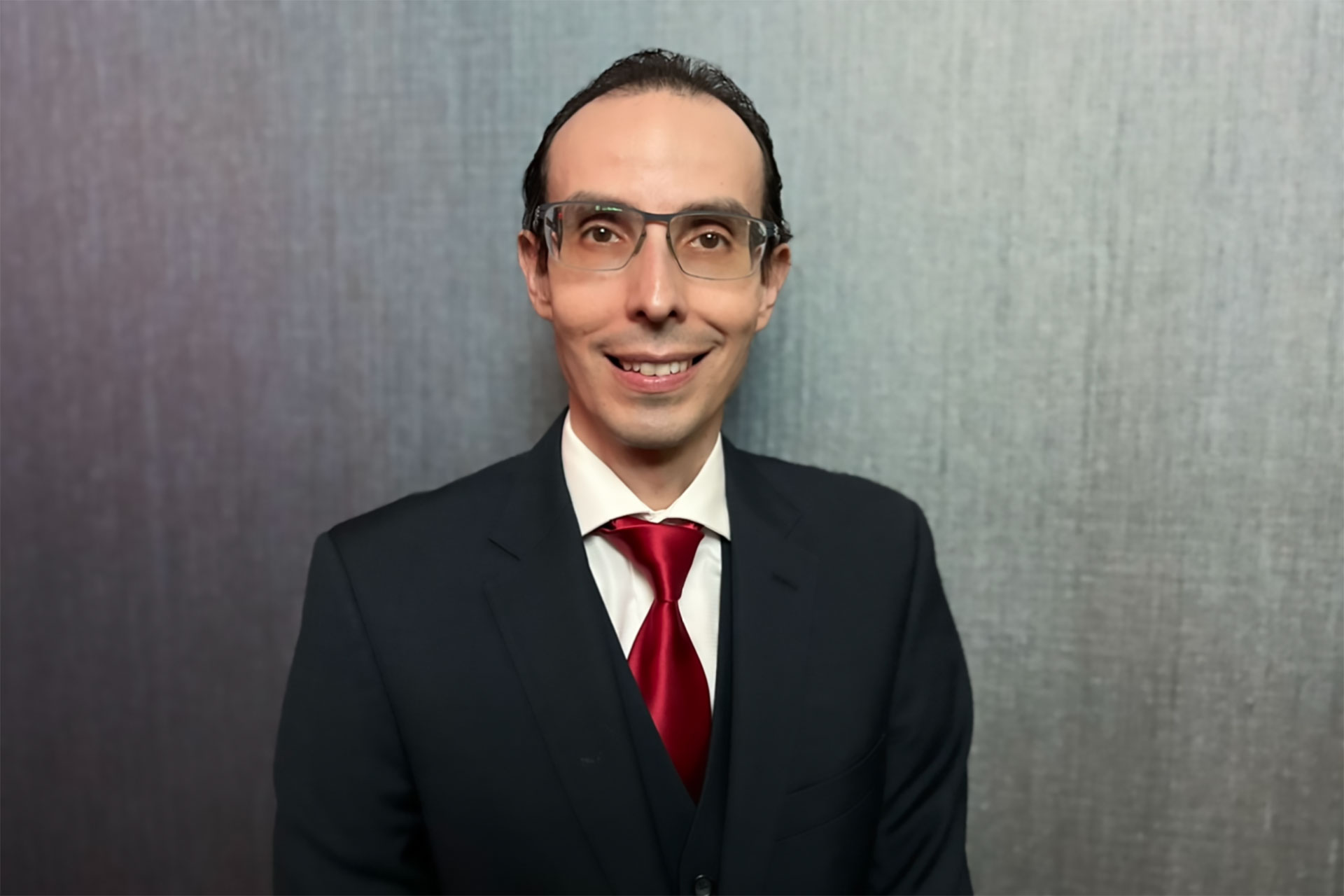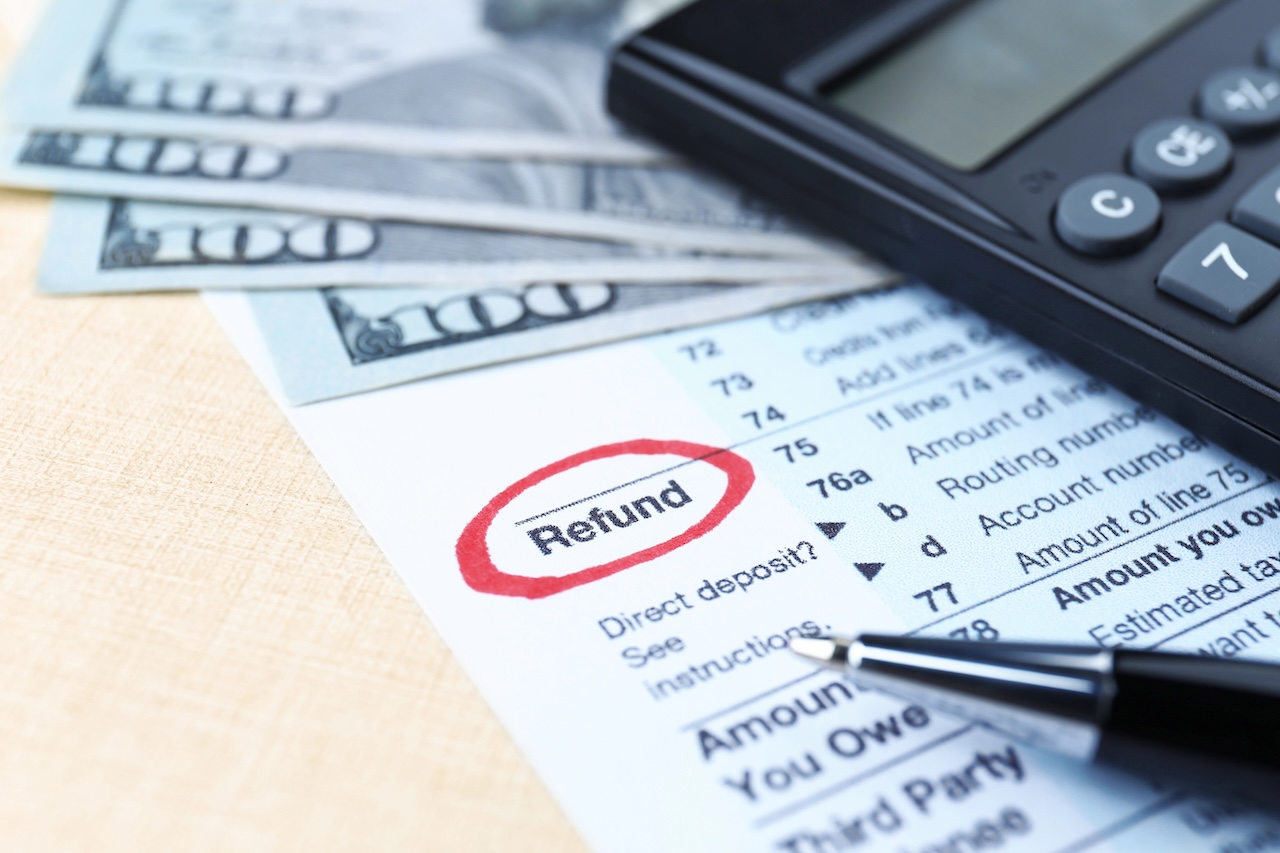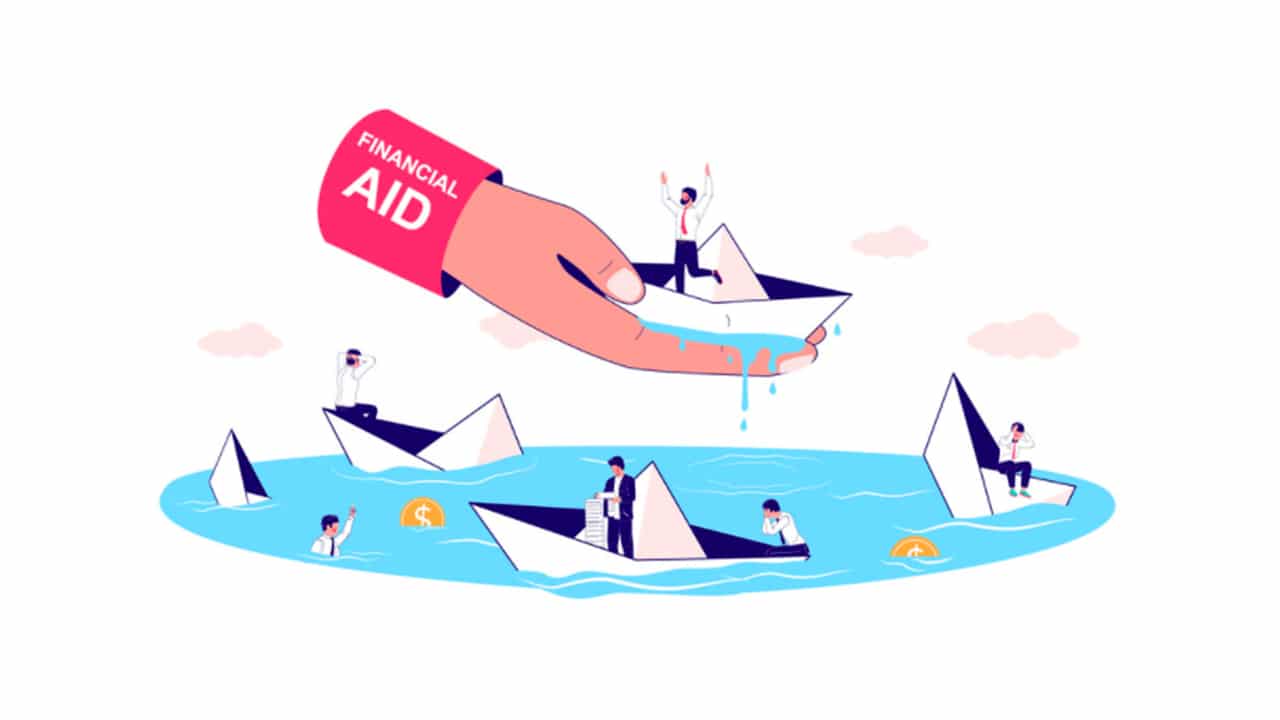Javier Silva, New York Fed


Javier Silva, Community Development Senior Outreach Associate, New York Fed
At work, Javier Silva brings together two distinct but important worlds of community development and the Spanish language. “In community development I try to help areas that are underserved and need attention on health equity and climate resiliency/adaptation—two of our team’s thematic focus,” he said. “From the time I joined the Fed right through the pandemic, a majority of my outreach was spent communicating with stakeholders in Spanish. I was probably one of the few folks in the System to do so.”
The New York Fed oversees the state of New York, 12 northern counties of New Jersey, one county in Connecticut, as well as Puerto Rico and the U.S. Virgin Islands. As a community development senior outreach associate at the New York Fed, Javier works with communities in the U.S. Virgin Islands and Puerto Rico. He helps connect them with expertise that helps improve where they live. Both island chains were devastated by Hurricanes Irma and Maria. The Category 5 storms destroyed most of the islands in 2017, and redevelopment continues. “Significant damage to telecommunications and infrastructure made it difficult to engage with the community the way we wanted in the months after hurricanes hit,” said Javier. “That was a very difficult time for that part of our District.”
For weeks and even months after the hurricanes hit, Javier said they didn’t hear from community stakeholders they had been working with over many years. “Once the situation began to stabilize, we focused on homeowners and small businesses,” he said.
Because of widespread power outages during the storms, most homeowners had to rely on generators that produced massive amounts of fumes. Mold also became an issue from the flooding caused by the storms. The New York Fed became involved in work that helped homeowners use generators more safely. Partnering with the Federal Emergency Management Agency and the Small Business Association, the Fed also began outreach to small businesses and conducted forums on how to restart their businesses after a natural disaster. “We also conducted mortgage delinquency workshops for those who were having trouble making payments,” Javier said. Meanwhile, the New York Fed became involved in humanitarian efforts. They collected 44 large boxes of supplies during a hurricane relief drive that were shipped to the Virgin Islands and Puerto Rico.
As the child of South American parents, Javier said he saw how workforce development programs helped his parents enter the middle class. His father came to the United States during the Vietnam War on a visa as a machinist. Javier saw the positive effects these opportunities had in his household and the larger community.
In college, Javier says he intentionally picked courses that were related to community development. “When I graduated, I really wanted to figure out how to help people,” he said. He decided to pursue his master’s degree in public policy at Georgetown University. He eventually completed a fellowship focused on hunger initiatives and ended up working in Puerto Rico for a year.
Prior to joining the New York Fed, Javier worked for Dēmos, a nonprofit public policy organization. Dēmos’ mission is to build a just, inclusive, and multiracial democracy and economy. His role focused on examining how debt affects the middle class. “We were looking at the amount of debt, whether it was medical or credit card, that households were accumulating and how it was preventing them from entering or causing them to fall out of the middle class,” he said.
While working there, he was invited to give a presentation to the Fed about his work. “It was the first time that the Fed came on my radar as a place that focused on community development work,” he said.
“There is a lot of talent in underserved communities and it’s important to provide them a seat at the table. We can’t undervalue or overlook their experiences.”
Since his time at the New York Fed, Javier has worked on a wide range of community development issues related to natural disasters. Prior to Hurricanes Irma and Maria, Javier became involved with community development efforts in the aftermath of Superstorm Sandy. The 2012 storm was the second-largest Atlantic storm on record and affected a large part of the Fed’s District: Fairfield County in Connecticut, New Jersey, and New York.
He said he doesn’t consider himself an expert on climate resilience, but he played a key role in the release of What’s Possible: Investing NOW for Prosperous, Sustainable Neighborhoods. The collection of essays written by 30 leaders in climate resiliency and community development highlights practical solutions for clean energy, resilience, and equity. There has also been a series of events to promote best practices in the resource.
Javier says the project provided him an invaluable learning experience about the topic and the challenges and opportunities for low- to moderate-income communities. “From working with the experts on creating and drafting chapters to the editing process, I learned so much,” he said. “By just working with and talking to various stakeholders over 18 months, I almost felt like I had received a degree in climate resiliency.”
Javier’s work also focuses on social determinants of health (SDOH) and economic outcomes. “If we can achieve our community development goals, we can simultaneously improve community health,” he said. “Being purposeful about the relationship between health and community development is vital—once you look for the connection you begin to see it everywhere.” SDOH have been characterized by the Office of Disease Prevention and Health Promotion as the conditions in the environments where people are born, live, learn, work, play, worship, and age that affect a wide range of quality-of-life outcomes and risks. Some examples of SDOH are safe housing, transportation, and neighborhoods, as well as education, job opportunities, and income.
In 2023, Silva and his community development colleagues partnered with the US Substance Abuse and Mental Health Services Administration (SAMHSA) to explore the effects of mental health on economic well-being. The partnership with SAMHSA highlighted pressing issues and best practices culminating in a conference last fall.
Through his work in climate resilience and health equity, Javier says he sees a common thread in the people he meets, no matter where they’re from or what language they speak. “We have to value the lived experiences of community stakeholders, advocates, and local residents. There is a lot of talent in underserved communities and it’s important to provide them a seat at the table,” he said. “We can’t undervalue or overlook their experiences.”

Tax refunds in early 2026 could be $1,000 to $2,000 larger for many households due to retroactive tax law changes....

Why does it feel like large companies always get the upper hand? Maybe it’s the long contracts with fine print,...

What can you do if you can’t afford college? Maybe the financial aid award wasn’t enough, or you only want...